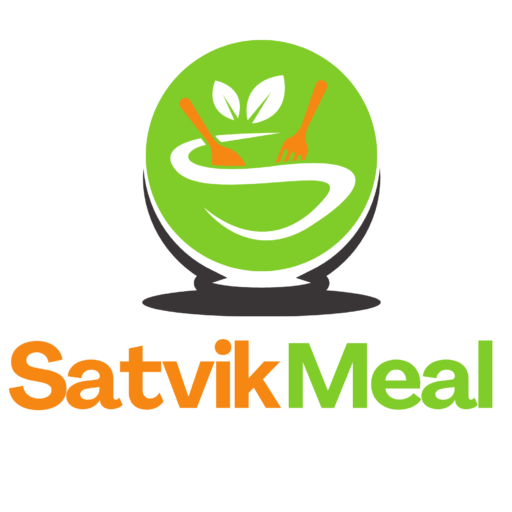Embracing Satvik Lifestyle: A Path to Holistic Well-being through Healthy Choices
Introduction:
In the fast-paced world we live in, where stress and hectic schedules often take a toll on our health, adopting a satvik lifestyle can be a transformative journey towards a healthier and wealthier life. Satvik food, rooted in ancient Indian wisdom, focuses on purity, balance, and simplicity. This blog aims to guide you on incorporating satvik food into your routine, helping you achieve a harmonious and nourishing lifestyle.
Understanding Satvik Food:
Satvik food is based on the principles of Ayurveda and yoga, emphasizing the consumption of pure, natural, and plant-based foods. This philosophy promotes foods that are rich in prana (life force) and sattva (purity), avoiding tamasic (stale or processed) and rajasic (stimulating) elements. By embracing satvik food, you align your body, mind, and spirit, promoting overall well-being.
Essential Satvik Ingredients:
a. Fruits and Vegetables: Choose a rainbow of fresh, organic fruits and vegetables. These nutrient-packed foods not only provide essential vitamins and minerals but also contribute to your overall vitality.
b. Whole Grains: Opt for whole grains like brown rice, quinoa, and millets. These grains are not only wholesome but also rich in fiber, promoting good digestion and sustained energy levels.
c. Legumes and Pulses: Lentils, chickpeas, and beans are excellent sources of plant-based protein. Include them in your diet for a well-rounded nutritional profile.
d. Nuts and Seeds: Almonds, walnuts, chia seeds, and flaxseeds are packed with essential fatty acids and nutrients. They are great for brain health and maintaining healthy skin.
Cooking Methods:
a. Steaming: Preserve the natural flavors and nutrients of your food by opting for steaming. This gentle cooking method retains the prana in your meals.
b. Boiling: Boiling is another satvik cooking technique that ensures minimal loss of nutrients. It’s an ideal method for preparing soups and stews.
c. Grilling or Roasting: If you prefer a bit of warmth in your meals, consider grilling or roasting vegetables and grains. Just be mindful of not overcooking to preserve their nutritional value.
Mindful Eating Practices:
a. Chew Your Food: Practicing mindful chewing aids digestion and allows your body to absorb nutrients efficiently. Aim for at least 32 chews per bite.
b. Eat in a Calm Environment: Create a peaceful dining environment, free from distractions. This enhances your awareness of the tastes, textures, and aromas of your food.
c. Express Gratitude: Before each meal, take a moment to express gratitude for the nourishment provided by nature. This simple practice can enhance your overall dining experience.
Hydration:
a. Herbal Teas: Replace caffeinated beverages with herbal teas. Chamomile, peppermint, and tulsi teas not only hydrate but also have various health benefits.
b. Infused Water: Infuse your water with slices of fruits, herbs, or cucumber for a refreshing and nutritious twist.
Conclusion:
Embracing a satvik lifestyle by incorporating wholesome, plant-based foods into your routine is a powerful step towards a healthier and wealthier life. By choosing foods that align with the principles of purity and balance, you not only nourish your body but also uplift your mind and spirit. Make these mindful choices a part of your daily routine, and experience the transformative effects of a satvik lifestyle on your overall well-being.
